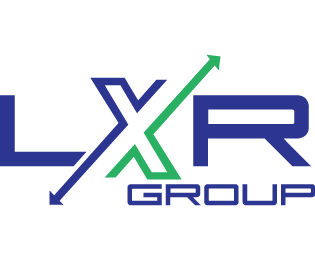A hearing to dismantle the proposed equity market reforms.
By Chris Nagy, guest columnist
In the afternoon of June 27th, a small hearing room in the Rayburn House Office Building was filled with market structure bluster and hyperbole.
The Capital Markets Subcommittee of the House Financial Services Committee held a hearing on SEC Chair Gensler’s equity market structure reform proposals. The hearing was billed as: “Solutions in Search of a Problem: Chair Gensler’s Equity Market Structure Reforms.”
The irony of a hearing to talk about dismantling SEC reforms is Sam Rayburn (whom the building was named after) was so instrumental in the passage of the Truth in Securities Act, which established the Securities and Exchange Commission.
The Panel featured:
- an Academic (Professor Jonathan Brogaard), who submitted as part of his testimony a report he wrote commissioned by Charles Schwab;
- a spokesperson for the Equity Markets Association ( Kevin Kennedy) which is a lobby group of the three largest stock exchanges (CBOE, Nasdaq, and NYSE);
- the head of a high frequency trading firm (Ari Rubenstein) and co-founder of a lobbying group for HFT (Modern Markets Initiative);
- a market structure analyst from a large floor broker on the NYSE (Justin Schack), which has built a business model for offering cheap access to NYSE; and
- A former regulator turned market policy expert for the “non-traditional” exchange, IEX (John Ramsay).
There were no investors or investor advocates— either for retail or institutional investors. There were no advocates for listed companies. There were no independent data providers.
Instead, it was largely a collection of market intermediaries whose business models (and profit margins) are precisely what Chair Gensler has acknowledged are the targets of the reforms.
Throughout the 2 ½ hour hearing we heard repeatedly from the majority of Republicans how the SEC lacks data for the proposed changes and that the SEC needs to continue to gather data first before proposing changes, citing Gensler’s SEC Rule 605 reforms which passed unilaterally.
We were a bit surprised — largely because of the Consolidated Audit Trail.
As you may recall, in the aftermath of the May 6, 2010 Flash Crash, the SEC proposed the CAT.
Further, a SEC/CFTC joint committee held hearings with industry participants and recommended rulemaking to protect the markets.
After over a decade of battles with exchanges and brokers (and mounting Republican objections), the CAT is finally up and running, For the first time in history the SEC actually now has the data in hand in a useful way to analyze market plumbing, market manipulation and more and based on this data, the SEC proposed these amendments.
In fact, the CAT was cited extensively in the proposing releases. For example, the SEC rightly saw that the majority of all trading today (70+%) happens in share amounts less than 100 shares of stock, yet the markets only show prices to the public in increments of 100 shares or more. So in essence, things are not as robust and transparent as the panelists kept suggesting.
Put another way, the refrain that the SEC didn’t have or use the relevant data might have been a convenient crutch to forestall substantive reforms 14 years ago (and it was), but not now. We’ve spent the past dozen years getting the regulators the data they need to act and now they have it and are using it. The talking point is now a vestige of a bygone era, and should join Kemba Walker in retirement.
More broadly, we have heard SEC Chair Gensler explain that the purpose of the market structure reform proposals was to make the plumbing of the markets more efficient. He wants to squeeze the middlemen, including exchanges and brokers. Thus, if you were to assemble a group that would be most likely to have concerns with that objective, you might assemble a panel of the folks whose profits would suffer from improved efficiency. And, here you have it. As Walter Morrow, editor‐in‐chief of The Southwestern Group of Scripps‐Howard Newspapers coined “There ain’t no such thing as free lunch.” Indeed.
In the end, this panel really didn’t cover any new territory, but it will certainly be cited to support legislative proposals that likely won’t go anywhere this year, but could easily next year.
Chris Nagy is the Director of Research at Healthy Markets Association.


